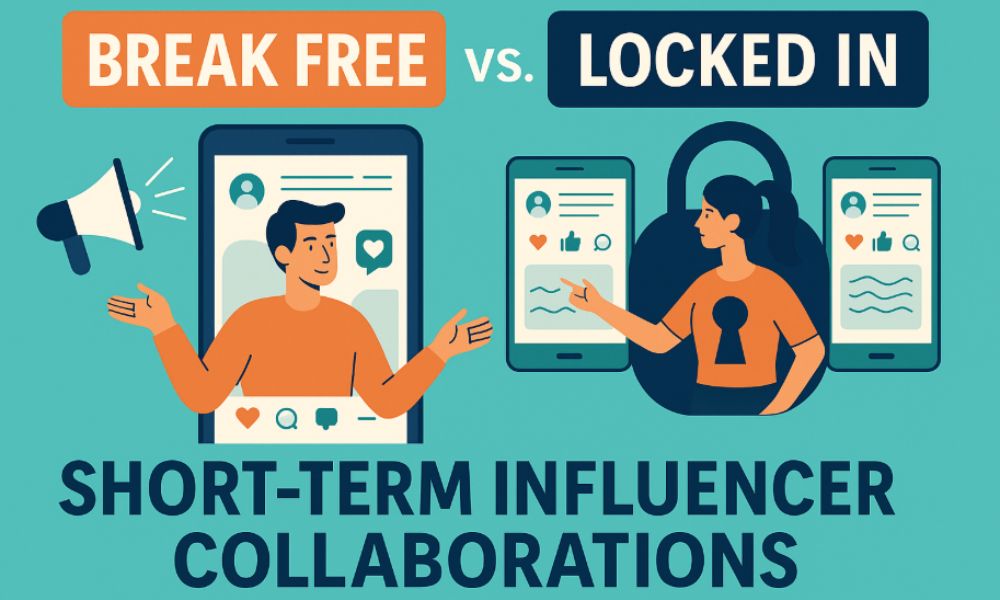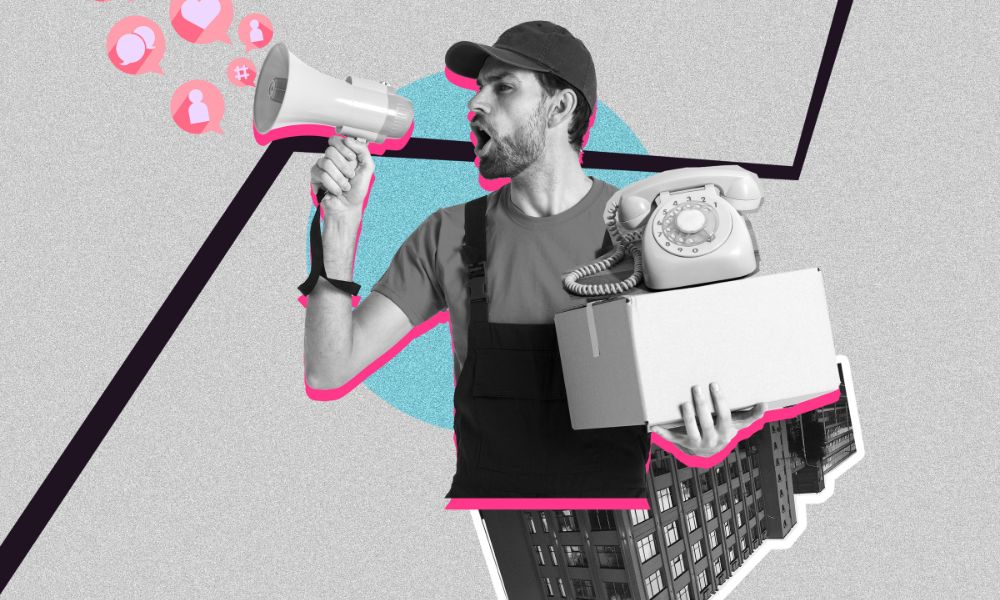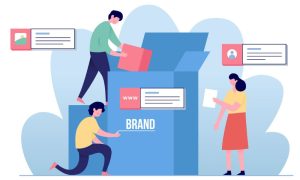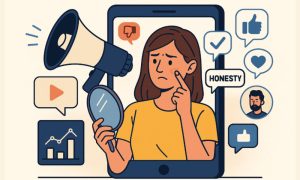You’ve just signed what feels like the perfect 12-month influencer deal. Month one delivers exactly what you hoped for. Month two? Still solid. But by month three, something’s off. The engagement numbers start looking familiar in all the wrong ways. The content feels… rehearsed. And you’re stuck paying for it for nine more months.
We’ve seen this story play out more times than I’d like to count. As someone who’s helping hundreds of brands navigate the influencer landscape, I’ve learned that the instinct to “lock in” good partnerships often works against us. The data tells a different story than what most influencer marketing playbooks suggest. Sometimes the smartest thing you can do is keep your options open.

The Comfort of Long-Term Deals (And Why They Stop Working)
Let’s be honest about why long-term contracts became everyone’s default. Managing dozens of one-off partnerships every month? That’s a special kind of chaos. Long-term deals promised to solve the obvious problems: endless negotiations, inconsistent messaging, and the administrative nightmare of juggling fifty different creators.
The logic seemed bulletproof. Find someone who gets your brand, lock them in, and let that relationship deepen over time. Build a relationship. Authentic advocacy would naturally follow.
But here’s what actually happens.
Content starts feeling predictable. When an influencer posts about your product for the fourth consecutive month, their audience notices. They tune out. What once felt like a genuine recommendation now reads like a sponsored announcement that just won’t go away.
Even worse, the influencers themselves hit a wall. Coming up with fresh, exciting content about the same product every month is genuinely tough. I have seen incredibly talented creators lose their spark when they are stuck in contracts that expect them to keep the same energy going forever.
You end up with zombie content. Technically alive, but not really moving anyone to action.
When More Exposure Actually Hurts
Marketing 101 teaches us about the “Rule of Seven.” People need multiple exposures before they buy. True enough. But there’s a point where more becomes less, and we often blow right past it.
Think about your own social media habits. When you see the same influencer posting about the same product week after week, what happens? If you were going to buy it, you probably did after the first or second post. If you weren’t interested then, seeing it again doesn’t typically change your mind. It just makes you more aware that this is a paid partnership.
Burning trough the same audience for 24 or more posts from one influencer during the year will have significantly lower result then reaching new audiences 3-4 times with much larger number of influencers.
Nielsen’s research backs this up. There’s a sweet spot for ad frequency, and after that, each additional impression delivers diminishing returns. You’re essentially paying to annoy the people who weren’t going to convert anyway.
But rotate in fresh voices? Now you’re tapping into entirely new audiences. Different followers, different perspectives, different creative approaches. Instead of beating one drum until it goes quiet, you’re creating a whole symphony.

Performance Isn’t a Promise You Can Bank On
Here’s something that’s bothering me: brands treating past influencer performance like a guarantee for the exact same future results, while influencers engagement rates naturally fluctuate.
When you’re locked into a long-term contract with someone whose performance tanks in month three, you’re stuck. You’re paying for declining returns because you made a bet based on incomplete information.
At Hypefy, we’ve built our approach around this reality. Launch quick tests with multiple creators. The data will tell you within days who’s connecting with their audience and driving real results. Then you can scale up with the winners and gracefully move on from the rest.
Every dollar goes where the data says it will work hardest.
Short Term Doesn’t Mean Throwaway
I get it. This might sound like we are just churning through influencers. But the truth is, short term collaborations often lead to better, stronger relationships.
When influencers know they are not locked into a long term deal, they tend to show up at their best. It is like a live audition. If they crush it, they get invited back. If they do not, it is easy to move on. No messy contracts, no awkward conversations, no wasted budget.
Over time, you are not just working with random creators. You are building a trusted crew of people who have already shown they can deliver. It is not about one off gigs. It is about creating partnerships that grow stronger over time, not because of a signed agreement but because they have earned it.
This is not about buying loyalty. It is about letting people earn their spot.
“But Finding New Creators Is So Much Work”
We hear this objection constantly, and honestly, it used to be true. Manually sourcing creators, vetting their audiences, negotiating rates, creating briefs, tracking performance… it’s exhausting.
That’s exactly why we built Hypefy the way we did. Our platform handles the operational nightmare that makes brands cling to underperforming long-term deals. We source and qualify creators in minutes. We predict performance benchmarks before you commit. We automate the briefing process and monitor results in real-time.
Launching a campaign with thirty different creators takes the same effort as launching one with a single influencer. The technology handles the complexity. You just focus on the results.

The Real World Moves Fast
Long-term influencer contracts feel safe. They look stable on a spreadsheet. But they can hide declining performance, creative stagnation, and missed opportunities behind the comfort of predictability.
The brands that win in this space stay nimble. They follow the data, not the calendar. They build relationships based on results, not contracts.
Ready to see what happens when you optimize for performance instead of stability? Let’s show you how Hypefy’s approach can change the way you think about influencer partnerships. Schedule a demo and let’s talk about what your next campaign could look like when you’re free to work with the creators who actually move the needle.




